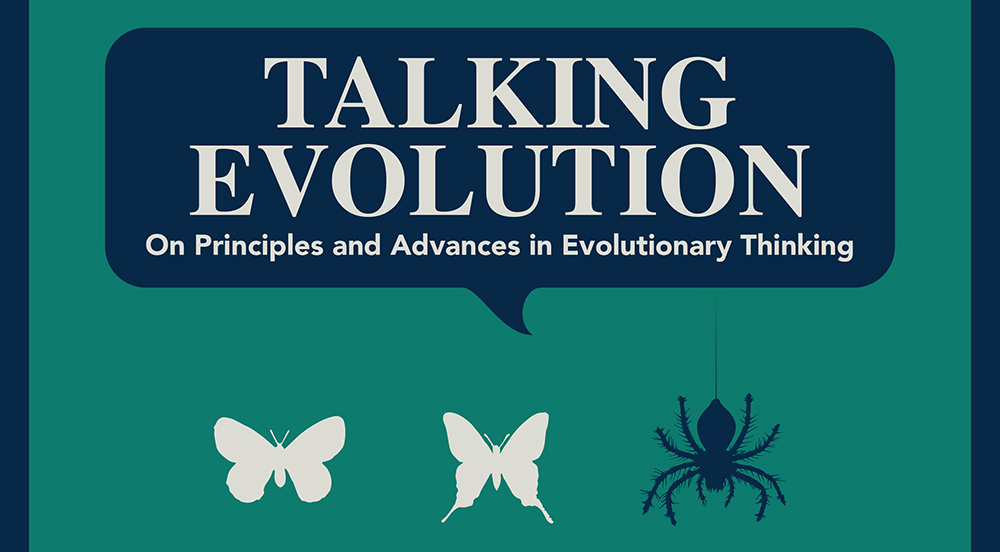Speaker
Description
Lewontin`s (2010) four metaphor-free conditions for evolution explain neither diversification nor niche construction in themselves. Adding two more assumptions – one about the necessity of regulated population growth (“limitedness”) and another about the constraints on emerging variations (“interdependence”) – may explain both. Model-independent derivation of the conditions for competitive exclusion and robust coexistence (Meszéna et. al. 2006, Barabás et. al. 2014) follows from the complete set of metaphor-free assumptions. This set of conditions explains the tendency for diversification, provides direction to the population dynamic processes and to evolution in the long run. Our textbook confined to the study of the distribution and abundance of species and structured according to the complete set of principles (Pásztor et. al. 2016) proves their essential role in ecology. A uniform definition of fitness of reproductive units (genes/haplotypes, complete genomes of clonally reproducing individuals, species identity of sexually reproducing individuals) may unify ecological and genetic approaches illustrating that a system of alleles is “perfectly isomorphic” (Hardin, 1960) with a system of species in this sense. The concept of niche construction due to interactions between the organisms and their biotic or abiotic environments can be integrated via the theory-based niche concept as the way of population regulation. Interactions between the organisms and their environments lead to positive or negative feed-backs between their density and rate of population growth (fitness). It is impossible to define niche and niche construction without considering the impacts of population growth on the environmental factors and the sensitivities of population growth on these factors (i.e. the feed-back loops). This reinforces the need for the inclusion of limitation of population growth and interdependence of organismal traits into the core of evolutionary theory, just like Darwin did. Barabás, G., Pásztor, L., Meszéna, G. and Ostling, A. (2014). Sensitivity analysis of coexistence in ecological communities: theory and application. Ecology Letters, 17: 1479-1494. Hardin, G. (1960). The Competitive Exclusion Principle. Science 131: 1292-1297. Lewontin, R.C. (2010) Not So Natural Selection. The New York Review of Books May 27. Meszéna, G., Gyllenberg, M., Pásztor, L. and Metz, J.A.J. (2006). Competitive exclusion and limiting similarity: a unified theory. Theor Popul Biol, 69: 68-87. Pásztor, L., Botta-Dukát, Z., Magyar, G., Czárán, T. and Meszéna, G. (2016). Theory-Based Ecology: A Darwinian approach, OUP Oxford. pp.301.

